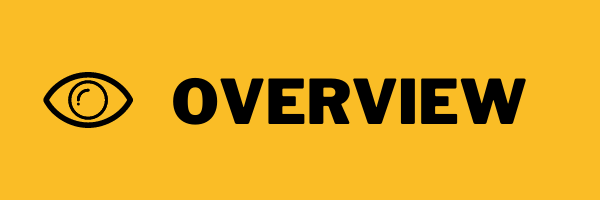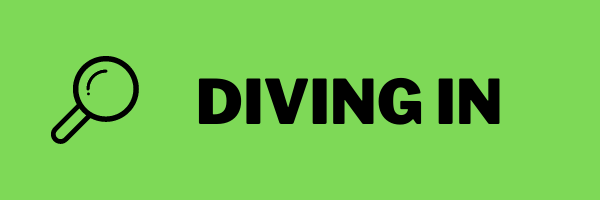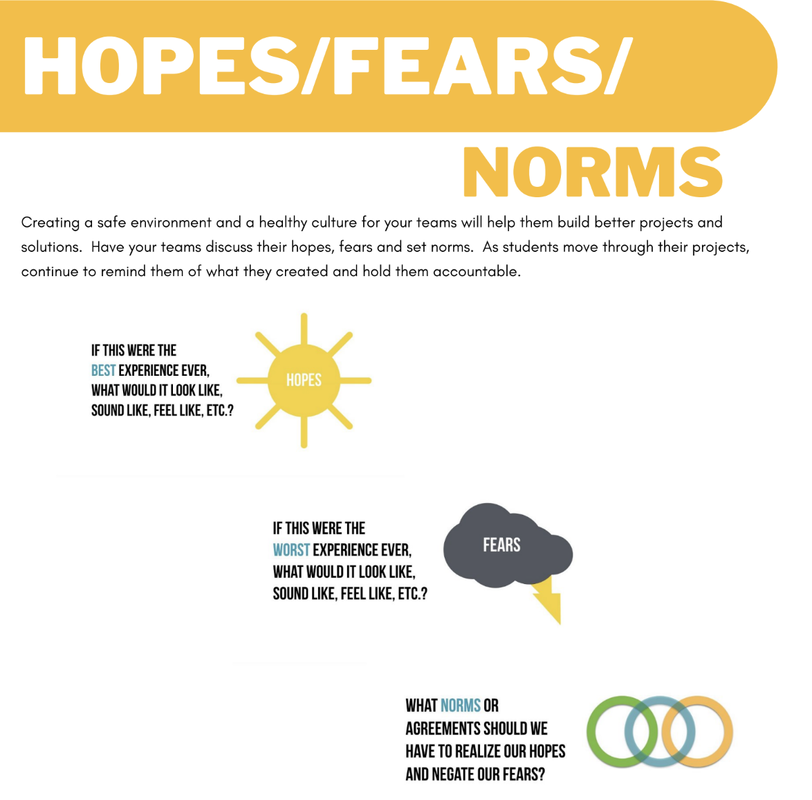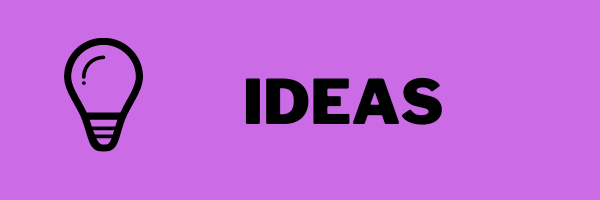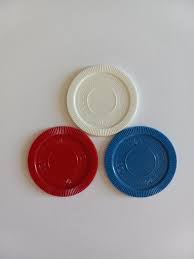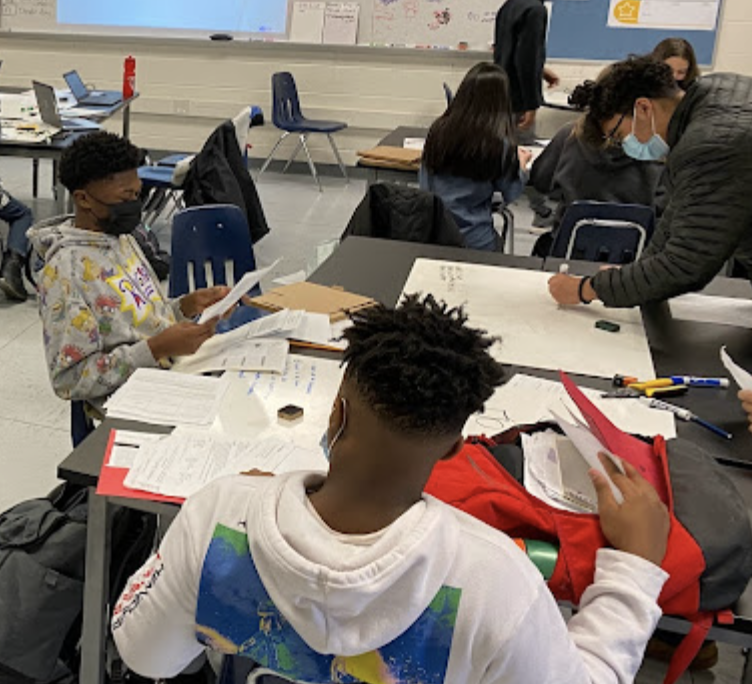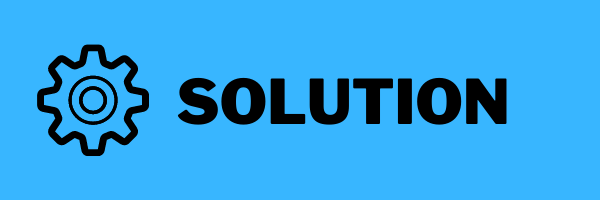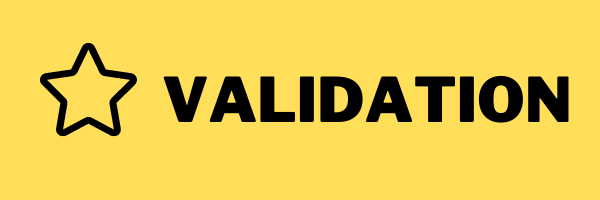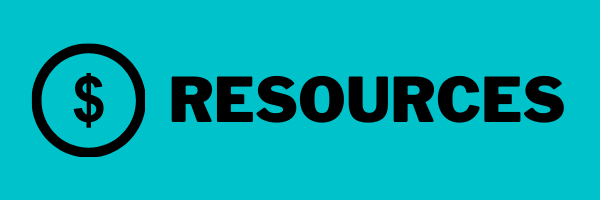Electronic Game Project
By: Rob Barrett
By: Rob Barrett
Driving Question:
How do we use our knowledge of electricity to build a review game that will help players prepare for an upcoming test?
|
Standards:
|
Stakeholders:
Inquiry / Need to Knows:
|
Incubation:
Checking in:
|
|
Solution Building:
|
Authentic Audience:
|
Click here for teacher's full plan.
Reflection and Feedback:
|
Click here for the teacher's Journey through PBL on Padlet . . .
|
Meet the Educator:
Rob Barrett is a researcher-turned teacher with a passion for making learning authentic, meaningful, and fun. He currently teaches biophysics at East Kentwood Freshmen Campus. "PBL is an incredible tool for bringing learning back to where we need it to be - looking at real problems in our world and then bringing together stakeholders to fix them while helping everyone involved become even stronger team-players. It builds a better world with more people used to solving problems collaboratively." |
